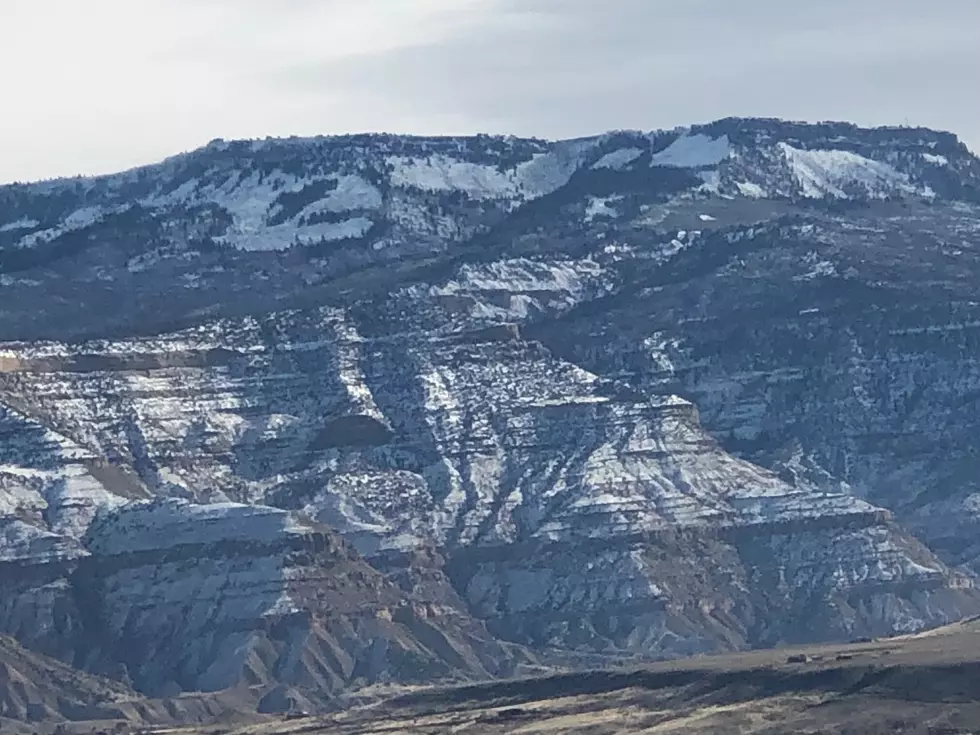
The History and Preservation of Colorado’s Paris Mill
Colorado has a rich mining history that dates back to 1858. The industry was booming in the state during the nineteenth and early twentieth centuries and at that time, mining contributed massively to Colorado's successful economy.
A majority of Colorado's mining towns are situated in the mountainous central and southwest parts of the state. There are still quite a few active mines throughout the Centennial State and plenty of abandoned ones as well. Deserted mines and old, abandoned pieces of equipment serve as important reminders of the industry's long history here.
One historic mining structure that's still standing is the Paris Mill. Situated in Alma, the Paris Mill is considered to be one of Colorado's Most Endangered Places.
History
The Paris Mill was constructed by the J.B. Fasset Mining Company in 1894. It sits at an elevation of 11,001 feet. It was built during a time when prospectors were flocking to Colorado's mountains in search of gold. Small mountain towns became mining meccas.
In its prime, Colorado's Paris Mill was one of the richest strikes in the Alma Mining District. The mountainous location produced gold, silver, and lead for decades.
The site also processed precious metals from mines in Park County’s Buckskin Gulch. Ore was transported down from the mountains by a 1,750-foot aerial tramway that was directly connected to the mine. It was discovered that the mine's high altitude was a hindrance to profitability, which was why the mill and tram were built. Doing so helped to cut down on transportation and smelting costs.
Like many other mines in the region, time and unstable metal prices finally forced the permanent closure of the Paris Mill in 1951.
RELATED: Travel Back in Time at Colorado's Matchless Mine
Years of Abandonment
Following its cease of operations, the Paris Mill sat vacant for quite a while. During this time, the structure became extremely weathered and started to deteriorate. Due to years of neglect and its dilapidated state, plans were put in place to demolish the mill.
Preservation
Upon hearing that the mill was going to be torn down, Park County locals stepped in to help preserve the historic site. Park County purchased the Paris Mill and surrounding property with the vision of restoring it for future public use
In 2004, the group of dedicated individuals got the property designated as one of Colorado’s Most Endangered Places. In 2013, Paris Mill was further listed on the National Register of Historic Places.
It will take lots of money and hard work to completely restore the Paris Mill, but the townspeople definitely do not want the local landmark to be demolished. Over the past few years, Park County has hosted two community work days and made major repairs on the mill's roof. The team has also taken measures to control and remove toxic metals found on the grounds.
Thanks to hard-working community members and an overwhelming response to keep the mill standing, the site will be preserved for years to come.
Paris Mill in Modern Times
Although some restoration has taken place, much of the mill still remains in a worn-down condition. The good news is, that the property still retains much of its original machinery, including a stamp mill, a rod mill, and a ball mill. Several belts, plus the pulley and shafts used by the mill’s original steam engine can still be seen. The cables are intact but lead to nowhere.
Paris Mill is the starting point for three of Colorado's 14ers. Additionally, snowshoers and cross-country skiers use the destination as a convenient meeting spot before heading out on winter adventures.
Hopefully one day, the mill will be open for public tours.
Explore the Paint Mines of Colorado
More From 103.7 The River









